Circuit Breakers

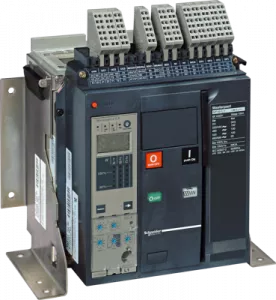
Order No.:
01P4553
Manufacturer SKU:
47230


Order No.:
01P4555
Manufacturer SKU:
47235

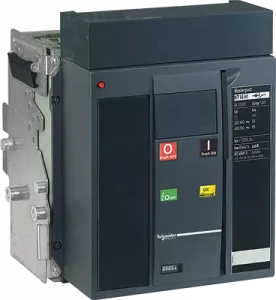
Order No.:
01P4561
Manufacturer SKU:
47248

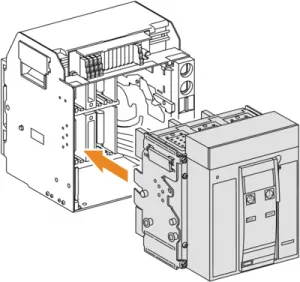
Order No.:
01P4562
Manufacturer SKU:
47249

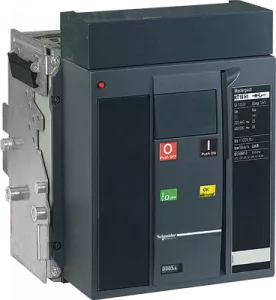
Order No.:
01P4563
Manufacturer SKU:
47250


Order No.:
01P4564
Manufacturer SKU:
47251

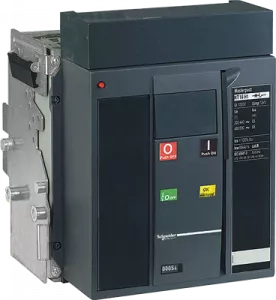
Order No.:
01P4565
Manufacturer SKU:
47252

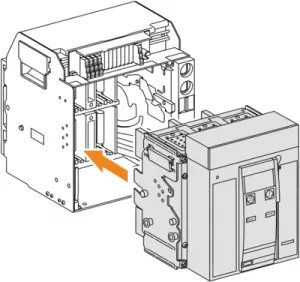
Order No.:
01P4566
Manufacturer SKU:
47253

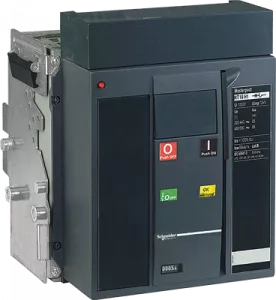
Order No.:
01P4567
Manufacturer SKU:
47254

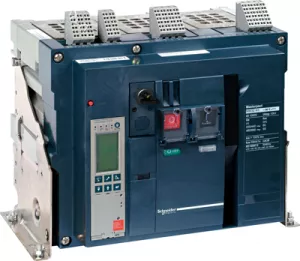
Order No.:
01P4711
Manufacturer SKU:
48001

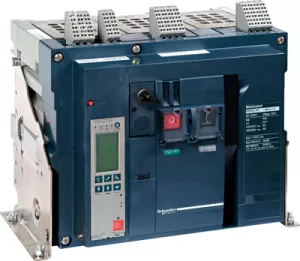
Order No.:
01P4712
Manufacturer SKU:
48002

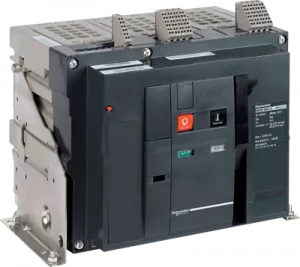
Order No.:
01P4713
Manufacturer SKU:
48004

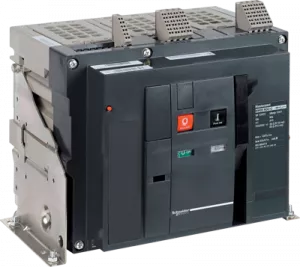
Order No.:
01P4714
Manufacturer SKU:
48005

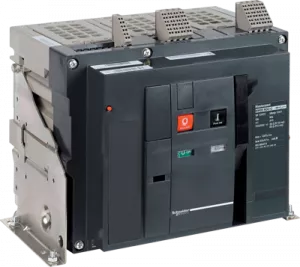
Order No.:
01P4715
Manufacturer SKU:
48006

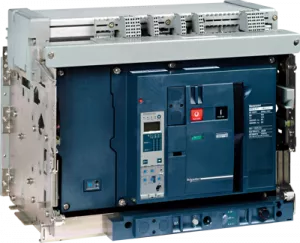
Order No.:
01P4716
Manufacturer SKU:
48008

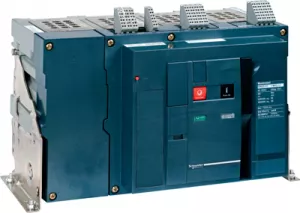
Order No.:
01P4718
Manufacturer SKU:
48011

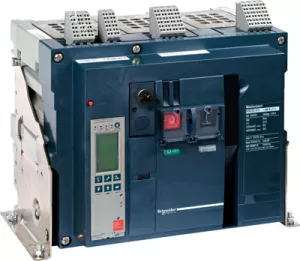
Order No.:
01P4721
Manufacturer SKU:
48015

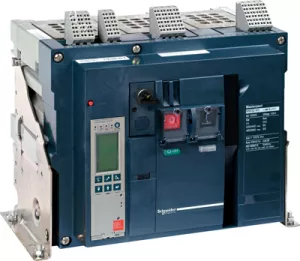
Order No.:
01P4722
Manufacturer SKU:
48016

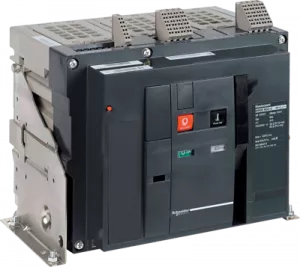
Order No.:
01P4723
Manufacturer SKU:
48018


Order No.:
01P4724
Manufacturer SKU:
48019
Safety guaranteed: Functions and advantages of switch-disconnectors
Circuit breakers are used to protect electrical circuits by automatically switching off in the event of an overload or short circuit. They can be switched back on, eliminating the need for one-way fuses. Switch-disconnectors, on the other hand, specialize in safely isolating electrical circuits from the power supply.
Unlike circuit breakers, switch-disconnectors do not perform a protective function, but merely ensure safe isolation as well as prevention of accidental switch-on. Both electromechanical components are indispensable in electrical installations and in the energy sector, with circuit-breakers primarily ensuring the protection of installations, while switch-disconnectors are used for maintenance and repairs.